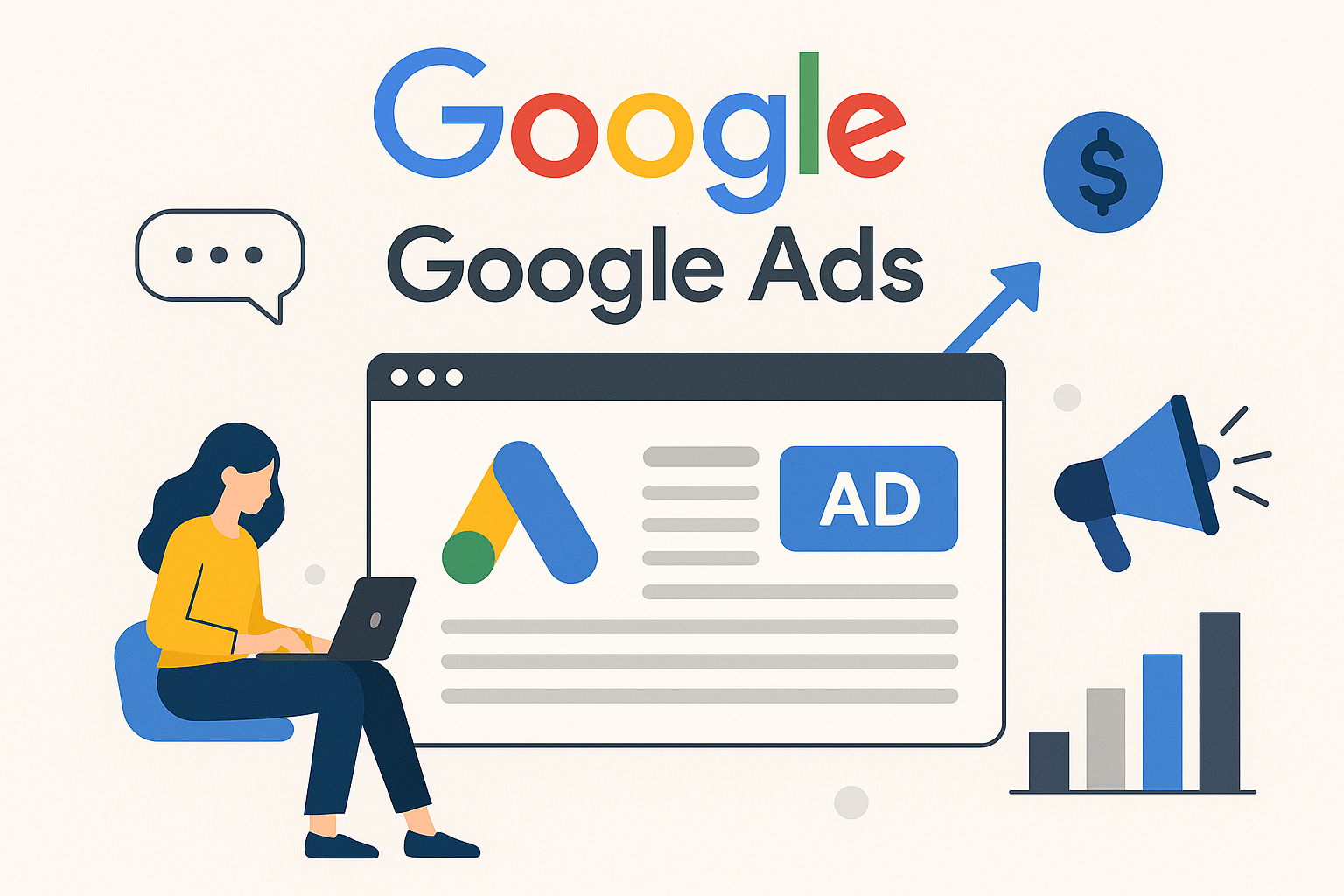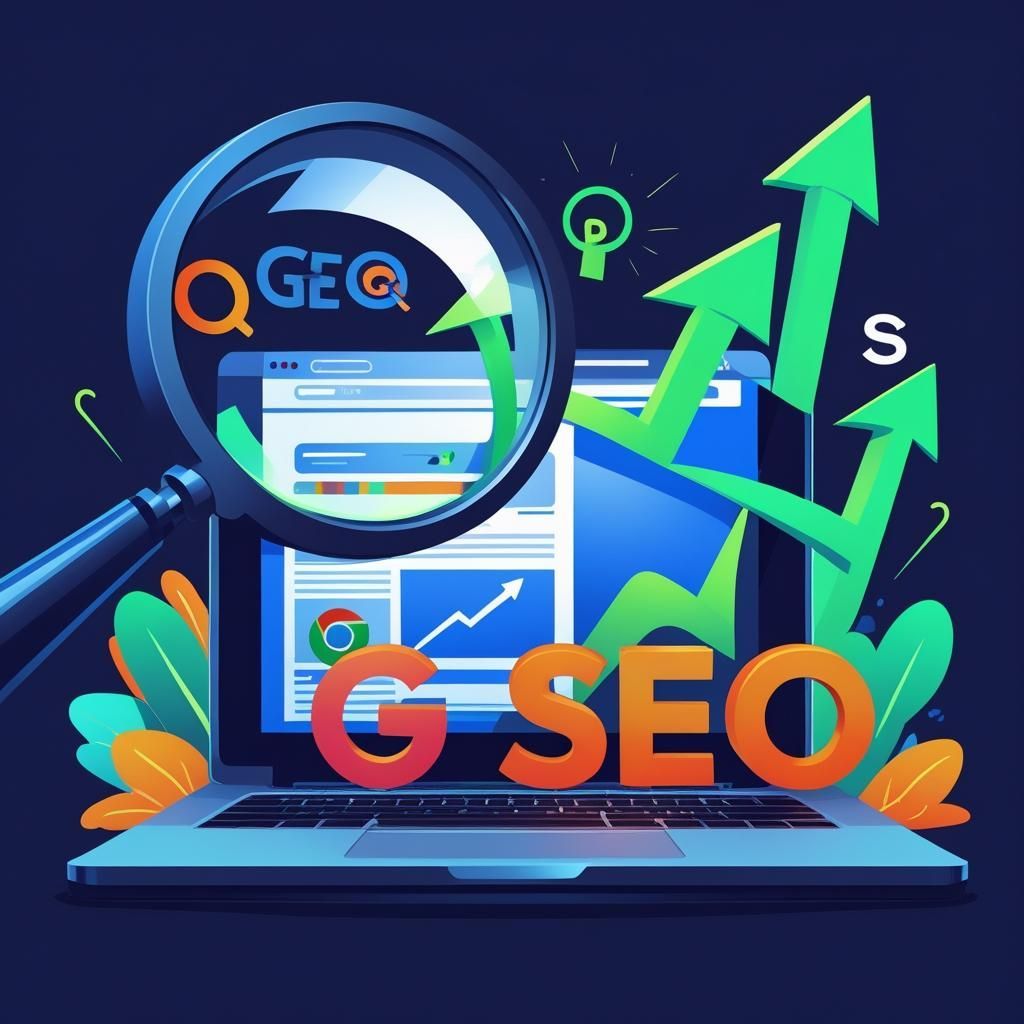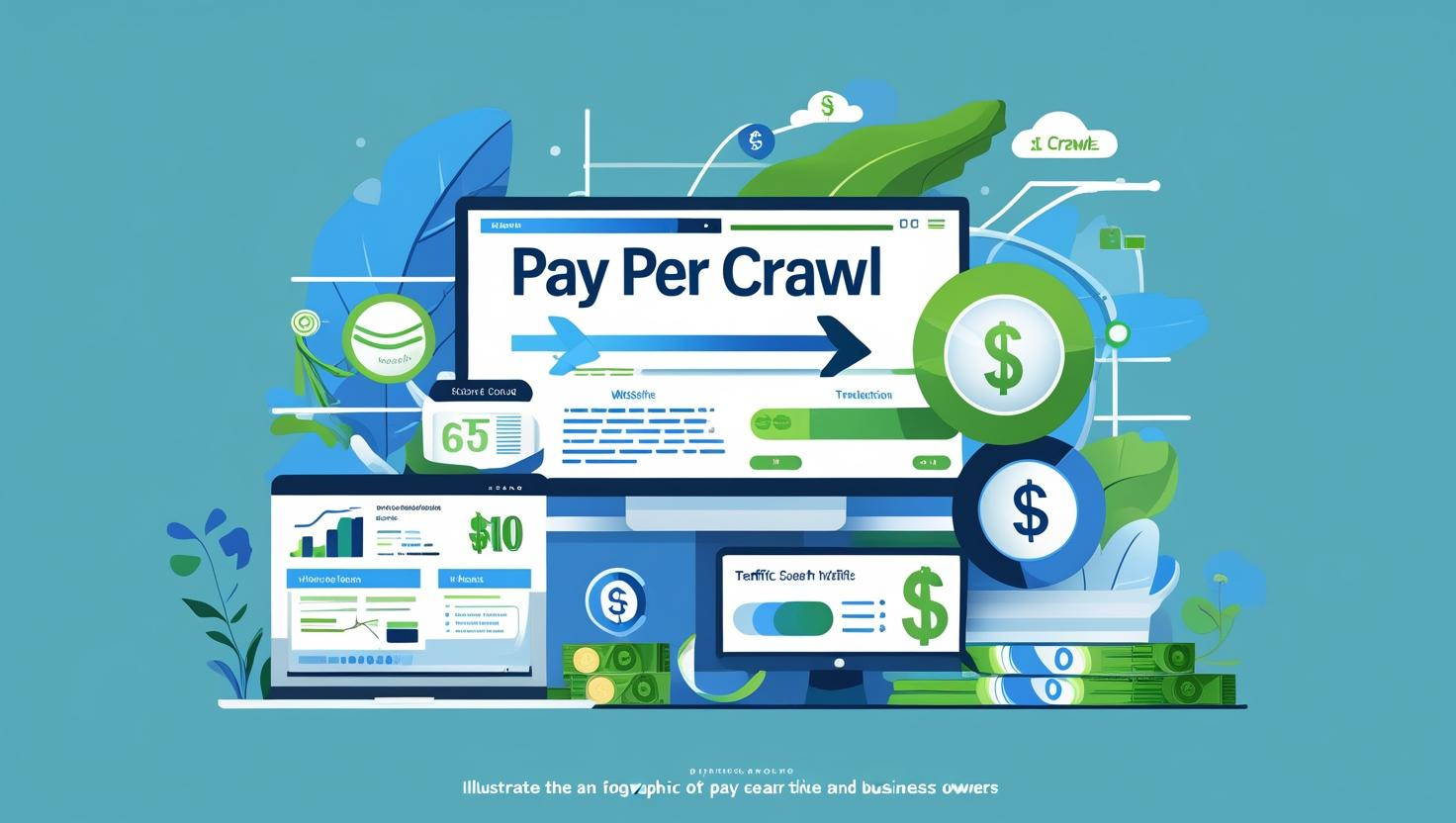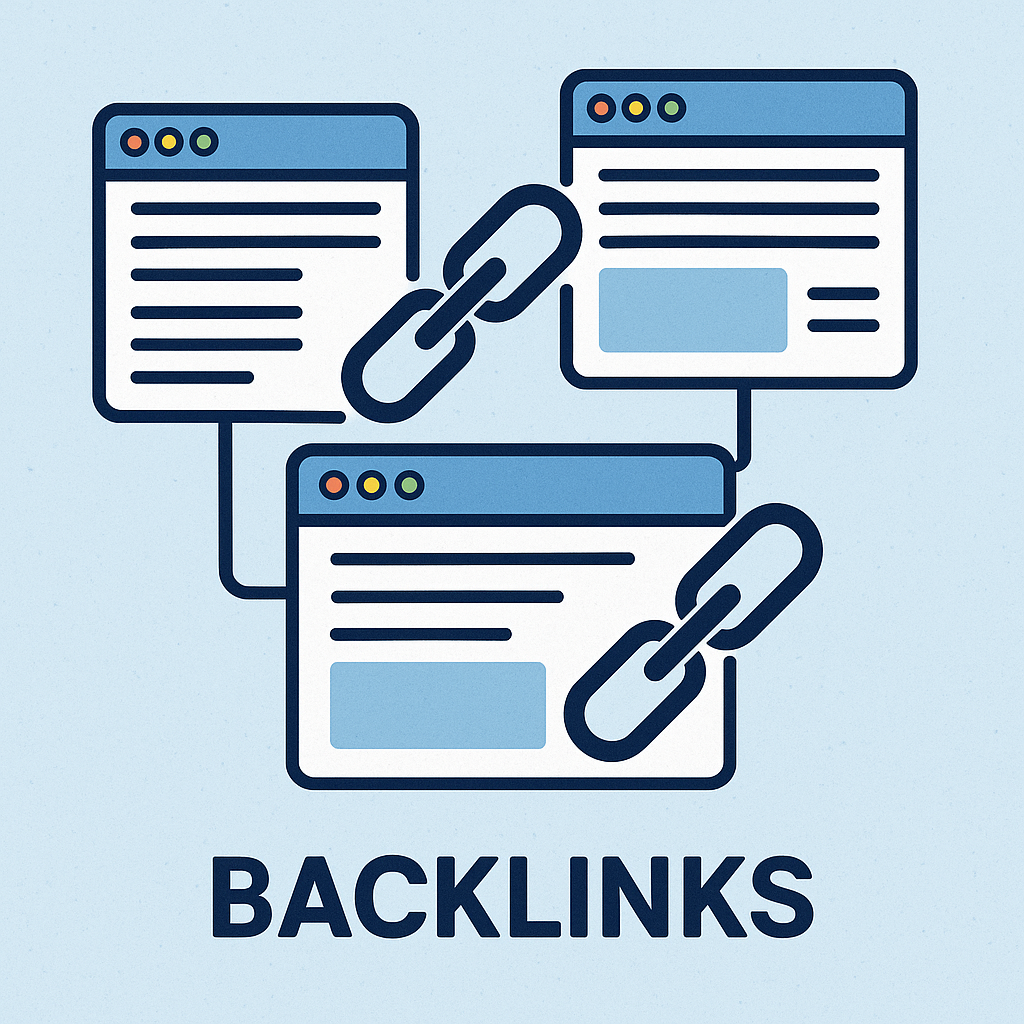Exploring AI Apps: A Comprehensive Guide
Artificial Intelligence (AI) has become a cornerstone of technological innovation, revolutionising the way we interact with digital platforms. AI applications are at the forefront of this transformation, offering a range of functionalities from automating mundane tasks to providing creative solutions. In this blog post, we will delve into the world of AI apps, exploring their capabilities, development platforms, and practical applications. We aim to provide you with a clear understanding of how AI is shaping the future of app development.
Table of Contents
- Introduction to AI Apps
- Core Capabilities of AI Apps
- How AI Apps are Built
- Popular Platforms for AI App Development
- Practical Applications of AI Apps
- Statistics and Data on AI App Usage
- Actionable Checklists for Developing AI Apps
- Frequently Asked Questions (FAQ)
- Summary and Key Takeaways
Introduction to AI Apps
AI applications leverage machine learning algorithms and data processing capabilities to perform tasks that typically require human intelligence. These tasks can range from simple automations, such as scheduling meetings, to complex functions like real-time language translation. The rise of AI apps has been facilitated by advancements in AI research and the increasing availability of user-friendly development tools. Companies like Google and Microsoft have been at the forefront of providing these tools, enabling even small businesses to integrate AI into their operations. For instance, Google's TensorFlow and Microsoft's Azure AI offer extensive resources for developers to create and deploy AI models effectively.
To understand the rapid evolution of AI applications, it's essential to recognise the role of data. Large datasets are crucial for training AI models, enabling them to discern patterns and make decisions. This is comparable to how humans learn from experience. As data becomes more abundant and accessible, AI models can be trained more effectively, enhancing their precision and applicability across various domains. Moreover, the proliferation of cloud computing has made it feasible for businesses to process and analyse vast amounts of data without the need for extensive on-premises infrastructure, further accelerating the adoption of AI technologies.
Core Capabilities of AI Apps
AI apps can perform a variety of functions, including but not limited to:
- Natural Language Processing (NLP): Enables apps to understand and respond to human language, allowing for functionalities such as chatbots and virtual assistants. For example, Apple's Siri and Amazon's Alexa leverage NLP to interpret user commands and execute tasks, ranging from setting reminders to controlling smart home devices. The sophistication of NLP has reached a point where these systems can engage in contextual conversations, providing users with responses that feel increasingly natural and intuitive. Businesses are capitalising on this by deploying chatbots for customer service, which can handle multiple queries simultaneously, thereby improving efficiency and user satisfaction.
- Image and Video Recognition: AI apps can analyse visual content to identify objects, faces, or scenes, which is useful in applications like social media and security. Facebook, for instance, uses image recognition to identify and tag individuals in photos automatically, enhancing user experience and engagement. In security, companies use AI-powered surveillance systems to detect suspicious activities in real-time, reducing response times and potentially preventing incidents before they escalate. This capability is also being leveraged in healthcare, where image recognition assists in diagnosing diseases through the analysis of medical images, such as X-rays and MRIs.
- Predictive Analytics: Utilises historical data to predict future outcomes, aiding in areas like finance and marketing strategies. A case in point is Netflix, which uses predictive analytics to recommend content to users, significantly increasing viewer retention and satisfaction. Predictive analytics is also transforming supply chain management by forecasting demand trends, enabling businesses to optimise inventory levels and reduce waste. By analysing consumer behaviour, companies can tailor their marketing efforts to target specific demographics, thereby improving conversion rates and enhancing customer engagement.
- Automated Writing: AI can generate written content from prompts, useful for creating email drafts or social media posts. OpenAI's GPT models have been instrumental in this area, providing tools that help businesses generate content efficiently, saving time and resources. These tools are particularly beneficial for creating personalised marketing content at scale, enabling businesses to maintain consistent communication with their audiences. Additionally, AI-driven writing assistants are becoming indispensable in journalism, where they assist in drafting reports and articles, allowing journalists to focus more on investigative work and in-depth analysis.
- Recommendation Systems: Suggests products or content to users based on their preferences, commonly used in e-commerce and entertainment platforms. Amazon's recommendation engine is a prime example, driving a significant portion of its sales by suggesting products based on user behaviour and purchase history. These systems are not only enhancing user experience by providing personalised shopping suggestions but also increasing sales by exposing customers to products they might not have discovered otherwise. In the media industry, streaming services employ recommendation algorithms to keep users engaged by continually offering relevant content, thus improving user retention and subscription rates.
How AI Apps are Built
Building AI apps no longer requires extensive programming expertise thanks to the advent of no-code and low-code platforms. Developers can create sophisticated applications by integrating AI tools and services into their projects. Here are the primary steps involved in building an AI app:
- Define the Purpose: Clearly outline what problem the app will solve or what functionality it will provide. This step is crucial for setting the project's direction and involves understanding the market needs and user pain points. For example, a company might decide to develop an AI app to automate customer support queries, reducing response time and improving user satisfaction. This requires a thorough analysis of existing processes and identifying areas where AI can add value by either enhancing efficiency or providing novel functionalities.
- Select the Right Tools: Choose from a variety of AI tools and platforms that best suit your application's needs. For instance, OpenAI provides robust machine learning models that can be integrated into apps for various purposes. Similarly, IBM's Watson offers a suite of AI tools for different industries, from healthcare to retail. The selection process should consider factors such as scalability, ease of integration, cost, and the specific AI capabilities required for the app. Conducting a comparative analysis of different platforms can provide insights into their strengths and limitations, enabling informed decision-making.
- Develop the App: Use coding platforms or no-code tools to bring your app to life. Platforms like Bubble allow users to create applications without writing complex code. Developers can focus on design and functionality while the platform handles the technical aspects. This democratization of app development empowers non-technical users to participate in the development process, fostering innovation and accelerating time-to-market. By leveraging drag-and-drop interfaces and pre-built templates, developers can rapidly prototype and iterate on their ideas, ensuring that the final product aligns closely with user expectations and business objectives.
- Integrate AI Models: Connect AI models, such as those offered by OpenAI, to your app using APIs to enable intelligent functionalities. This step involves ensuring that the AI components work seamlessly with the app's existing systems. Effective integration requires not only technical expertise but also an understanding of the app's architectural design to ensure efficient data flow and processing. Establishing robust data pipelines and employing techniques such as data preprocessing and feature engineering can significantly enhance the performance of AI models, leading to more accurate and reliable outcomes.
- Test and Iterate: Conduct thorough testing to ensure the app performs as expected and make necessary adjustments based on feedback. Beta testing with a small group of users can provide valuable insights into the app's usability and performance. Implementing a structured testing strategy that includes unit, integration, and user acceptance testing can help identify and address potential issues before the app is released to a wider audience. Continuous feedback loops are essential for refining the app and ensuring that it evolves in response to user needs and technological advancements.
- Deploy and Monitor: Launch the app and continuously monitor its performance, making updates as needed to improve functionality and user experience. Monitoring tools can help track usage patterns and identify areas for improvement, ensuring the app remains effective and relevant. Employing analytics platforms to gather data on user interactions and app performance can provide actionable insights that inform future development efforts. Regularly reviewing and updating the app based on these insights can help maintain user engagement and satisfaction, ultimately contributing to the app's long-term success.
Popular Platforms for AI App Development
Several platforms facilitate the development of AI apps by providing tools and environments conducive to building and deploying applications. Here are some notable ones:
- Glitch: Offers real-time coding, auto-deploy, and project remixing features. It is particularly popular among developers for quickly prototyping and testing new ideas. Glitch's collaborative environment allows multiple developers to work on the same project simultaneously, promoting knowledge sharing and accelerating the development process. This platform is ideal for small teams and startups looking to innovate rapidly and respond to market demands.
- CodeSandbox: A web development IDE with React support and instant preview capabilities. This platform is widely used for developing front-end applications, offering a collaborative environment for teams. CodeSandbox's ability to integrate with popular version control systems like GitHub makes it a powerful tool for managing large-scale projects and ensuring seamless collaboration across distributed teams.
- StackBlitz: Provides a web editor environment with support for Angular and React, known for its fast load times. It enables developers to work efficiently without the need for extensive setup. StackBlitz's integration with cloud services allows developers to deploy applications directly from the editor, streamlining the development workflow and reducing time-to-deployment.
- Gitpod: A cloud-based development environment with GitHub integration and container support. Ideal for developers working in distributed teams, Gitpod allows for seamless collaboration and version control. By leveraging containerisation, Gitpod ensures that development environments are consistent across different machines, eliminating the common "it works on my machine" problem and enhancing team productivity.
- JSFiddle: Allows for quick prototyping with HTML, CSS, and JavaScript, featuring live preview. This tool is often used for experimenting with new code snippets and testing UI elements. JSFiddle's simplicity and ease of use make it a favourite among developers looking to validate concepts and gather quick feedback before committing to more extensive development efforts.
- CodePen: A front-end playground that facilitates community sharing and live viewing. Developers use CodePen to showcase their work and gain feedback from a global community. The platform's emphasis on community engagement fosters creativity and innovation, providing developers with the opportunity to learn from others and collaborate on projects that push the boundaries of what's possible.
- Playcode: A JavaScript playground that requires zero setup and is mobile-friendly. Playcode is perfect for developers looking to test JavaScript functionality on the go. Its accessibility and intuitive interface make it an excellent choice for developers who need to iterate quickly and efficiently, particularly in fast-paced environments where time is of the essence.
- AWS Cloud9: A full IDE with a Linux terminal and collaboration features. AWS Cloud9 supports a wide range of programming languages and is integrated with AWS services, making it ideal for cloud-based app development. The platform's robust feature set enables developers to build, test, and deploy applications entirely in the cloud, reducing infrastructure costs and simplifying the development process.
- PaizaCloud: A browser-based IDE that supports multiple programming languages and fast boot times. Its versatility makes it suitable for developers working on diverse projects. PaizaCloud's ability to integrate with various services and platforms enhances its utility, providing developers with the flexibility to adapt their workflows to suit different project requirements.
- Katacoda (now part of O’Reilly): Offers interactive development tutorials and scenario-based coding. This platform is an excellent resource for learning new skills and experimenting with different coding scenarios. Katacoda's hands-on approach to learning allows developers to gain practical experience in a controlled environment, accelerating skill acquisition and promoting a deeper understanding of complex concepts.
Practical Applications of AI Apps
AI apps are being utilised across various industries to enhance efficiency and innovation. Here are some practical applications:
- Customer Service: AI-powered chatbots are deployed to handle customer inquiries efficiently, reducing the need for human intervention. Companies like H&M and Sephora use chatbots to assist customers in finding products and answering common questions, enhancing the shopping experience. By providing instant responses and 24/7 availability, chatbots improve customer satisfaction and free up human agents to focus on more complex issues that require personalised attention.
- Content Creation: Tools that generate written content or design elements based on short prompts are aiding marketers and content creators. Canva's AI-powered design tools, for example, allow users to create professional graphics with minimal effort, revolutionising digital marketing strategies. AI-driven content creation tools enable businesses to maintain a consistent brand voice across various channels, improving brand recognition and engagement.
- Healthcare: AI apps assist in diagnosing illnesses by analysing medical data and images, improving patient outcomes. IBM's Watson Health is a notable example, providing insights that help doctors make more informed decisions. AI's ability to process and analyse vast amounts of medical data quickly and accurately is transforming healthcare delivery, enabling earlier diagnosis and more targeted treatments that improve patient outcomes.
- Finance: Predictive analytics help financial institutions in risk assessment and fraud detection. Companies like PayPal use AI to monitor transactions and detect suspicious activities, ensuring secure and reliable financial services. AI's ability to analyse patterns in transaction data and identify anomalies enhances the security of financial systems, reducing the risk of fraud and protecting consumers' financial information.
- Retail: AI-driven recommendation systems enhance the shopping experience by suggesting products based on user behaviour. E-commerce platforms like Shopify use AI to personalise the shopping journey, increasing conversion rates and customer satisfaction. By tailoring recommendations to individual preferences, AI systems not only improve the customer experience but also drive sales by exposing customers to relevant products that align with their interests and needs.
Statistics and Data on AI App Usage
The adoption of AI apps is growing rapidly, with significant impacts across various sectors. Consider the following statistics:
- As of 2023, the global AI software market is expected to reach £102 billion, highlighting the increasing reliance on AI technologies. This growth is indicative of the expanding applications of AI across different industries, from healthcare to entertainment. As businesses continue to recognise the value of AI in driving efficiency and innovation, investment in AI technologies is expected to increase, further accelerating the development and deployment of AI applications.
- Approximately 70% of businesses are anticipated to integrate AI applications into their operations by 2025. This trend underscores the importance of AI in driving business efficiency and innovation, with companies seeking to leverage AI for competitive advantage. As AI becomes more accessible and affordable, even small and medium-sized enterprises are beginning to explore its potential, leading to a more level playing field where innovation is not limited to large corporations.
- AI-driven automation could increase productivity by up to 40% in certain industries, according to recent studies. Sectors such as manufacturing and logistics are likely to benefit significantly from AI's ability to streamline operations and reduce human error. By automating routine tasks and optimising processes, AI enables businesses to operate more efficiently, reducing costs and improving service delivery.
Actionable Checklists for Developing AI Apps
Here are some actionable checklists to guide you through the development of an AI app:
Pre-Development Checklist
- Define the app’s purpose and target audience. Understanding the user base and their needs is crucial for creating a successful app.
- Conduct market research to understand user needs and competition. Analyse competitors' offerings to identify gaps and opportunities for differentiation.
- Choose the appropriate AI tools and platforms. Evaluate various options based on the app's requirements and scalability needs.
- Create a detailed project plan with timelines and milestones. This plan should outline key deliverables and set realistic deadlines for each phase of development.
Development Checklist
- Develop the app’s user interface and experience design. Prioritise user-friendly design to ensure a seamless and engaging user experience.
- Integrate AI models and APIs to add intelligent features. Ensure these integrations are robust and align with the app's objectives.
- Conduct testing to ensure functionality and performance. Use a combination of unit, integration, and user acceptance testing to validate the app's capabilities.
- Gather user feedback and refine the app accordingly. Implement feedback loops to continuously improve the app based on user experience and suggestions.
Post-Development Checklist
- Deploy the app on the intended platforms. Ensure compatibility across different devices and operating systems for maximum reach.
- Monitor app performance and user engagement. Use analytics tools to track key performance indicators and identify areas for improvement.
- Implement updates and improvements based on user feedback. Regularly release updates to fix bugs, enhance features, and improve user satisfaction.
- Plan for future upgrades and the integration of additional features. Stay informed about emerging AI technologies and trends to keep the app competitive.
Frequently Asked Questions (FAQ)
What are AI apps?
AI apps are software applications that use artificial intelligence to perform tasks typically requiring human intelligence, such as understanding language, recognising images, or making predictions. They leverage advanced algorithms to process data and deliver insights that enhance user experiences and operational efficiency.
How do AI apps work?
AI apps work by integrating AI models and algorithms that process data to perform specific tasks. This can involve natural language processing, image recognition, or predictive analytics. These models are trained on large datasets and continuously learn from new data to improve accuracy and performance.
Do I need coding skills to build an AI app?
Not necessarily. With the rise of no-code and low-code platforms, individuals can create AI apps using simplified interfaces without extensive programming knowledge. These platforms provide drag-and-drop tools and pre-built templates, making AI development accessible to non-technical users.
What are some common uses of AI apps?
AI apps are used in various domains, including customer service (chatbots), content creation (automated writing), healthcare (diagnosis), and retail (recommendation systems). They help organisations automate processes, personalise user experiences, and gain insights from data.
Are AI apps secure?
Security is a critical consideration in AI app development. Developers must implement robust security measures to protect user data and ensure compliance with regulations. This includes encryption, access controls, and regular security audits to mitigate risks and safeguard sensitive information.
Summary and Key Takeaways
AI apps are transforming the digital landscape by providing intelligent solutions across industries. With the availability of user-friendly development platforms, creating AI-powered applications is more accessible than ever. These apps offer a wide range of functionalities, from automating routine tasks to enhancing user experiences through personalised recommendations. As AI technology continues to evolve, its integration into app development will undoubtedly become more sophisticated, driving innovation and efficiency in numerous sectors. By understanding the capabilities and development processes of AI apps, businesses and individuals can harness their potential to create impactful solutions. Whether you're a seasoned developer or a business owner looking to innovate, embracing AI in your app development strategy can lead to significant competitive advantages and improved operational outcomes.










